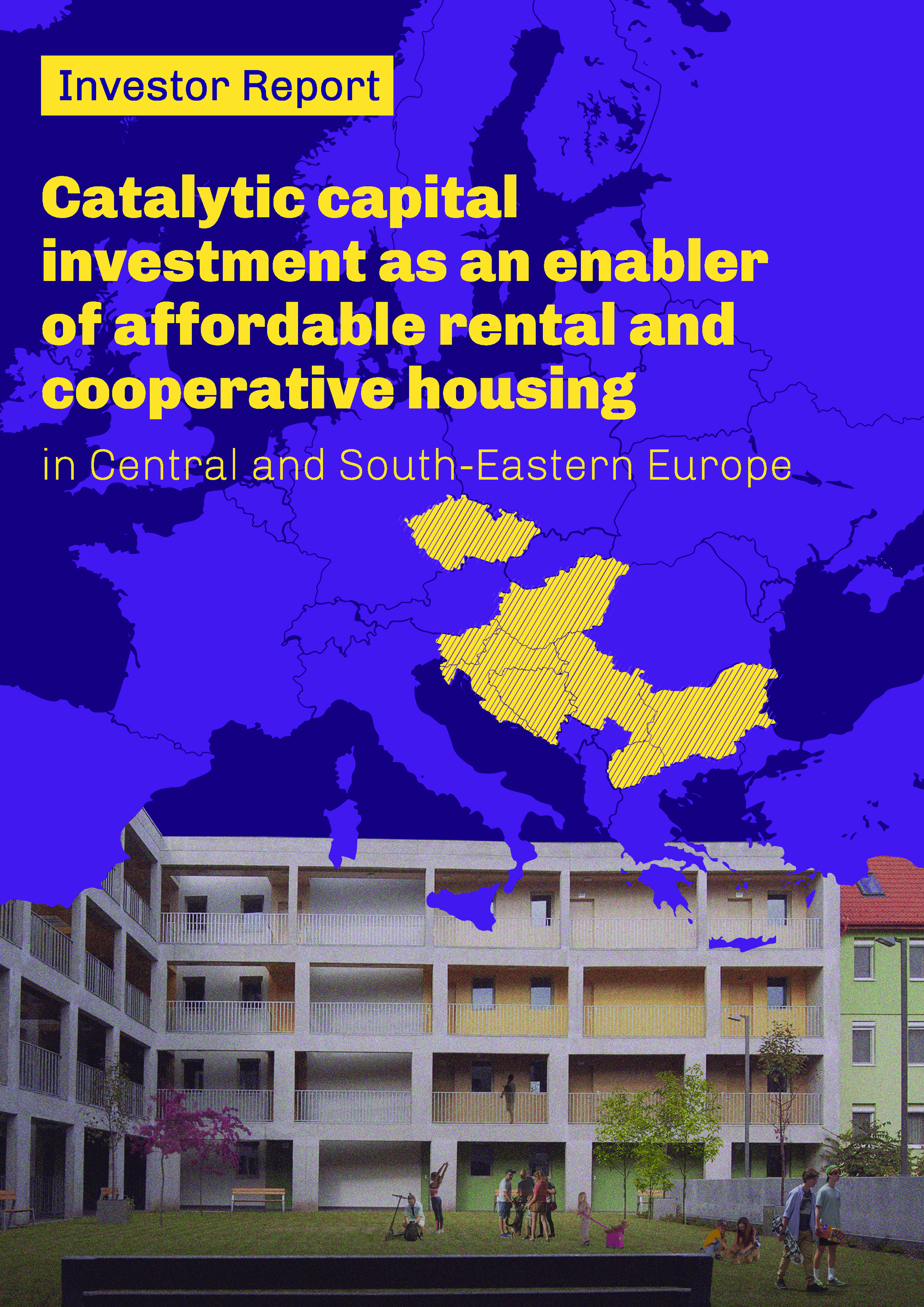Explore Connections
Discover resources that are connected to or have similarities with "Catalytic capital investment as an enabler of affordable rental and cooperative housing - Investor Report"
Social Economy in Europe: Contributing to Competitiveness and Prosperity, Local Economic and Employment Development (LEED)
How can local economies leverage social initiatives to enhance community well-being and growth?
Just the Facts - Under One Roof? Europe’s Housing Crisis
How can European nations collaborate to address the ongoing challenges in housing affordability?
Housing Needs and Cooperative Housing Models: A Scoping Review
How can innovative housing solutions address the rising challenges of affordability and community needs?
A review of circular industrialised construction for sustainable and affordable housing: Towards a process-driven framework
How can we create affordable housing solutions while promoting sustainable practices in construction?
Obsolete Stadt - Raumpotenziale für eine gemeinwohlorientierte, klimagerechte und koproduktive Stadtentwicklungspraxis in wachsenden Großstädten
How can we revitalize urban spaces facing decline while promoting community-focused and sustainable development?
Schriftlicher Bericht des BMWSB zum deutschlandweiten Büroleerstand
How can we address the rising issue of vacant office spaces across Germany?
Von der Leyen to push even harder on housing in 2026
How can the EU ensure affordable living conditions for its citizens amid rising housing costs?
Institutional investors and house prices
How do large financial entities influence property valuations and market trends in Europe?
The Capital Conundrum for Co-operatives
How can co-operatives navigate the complexities of securing long-term financial resources while maintaining their core values?

